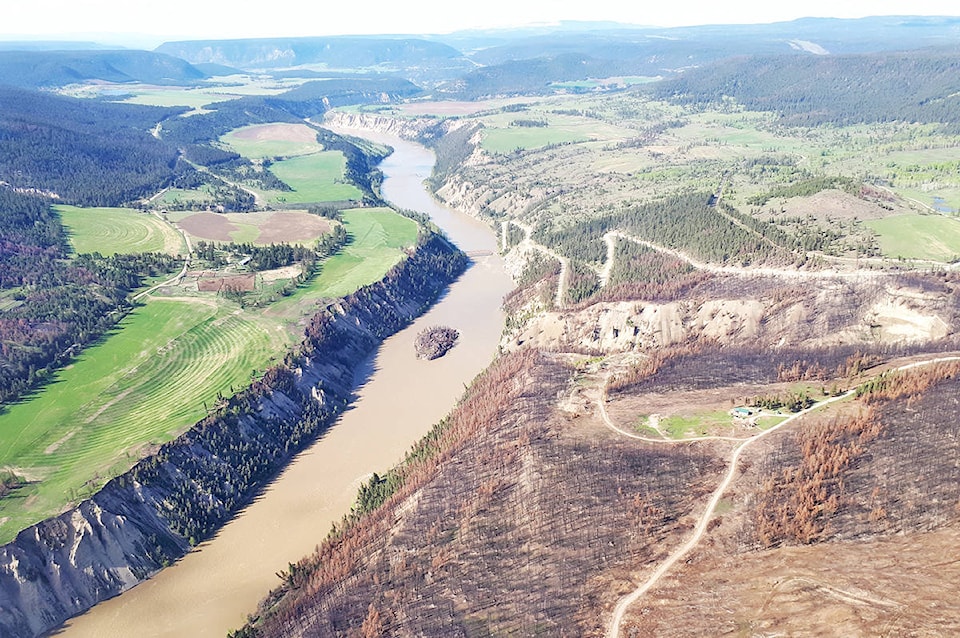A year ago in July, Williams Lake was a smoky ghost town.
Historically unprecedented wildfires burning close to the city limits from all directions had forced the evacuation of thousands of residents across the region.
The people who stayed behind were helping fight the fires or provide supports to those who were.
While there was no loss of homes or structures within the city limits, it was not the same story for the outlying areas where 60 homes and 167 structures were lost to the fires.
The hardest hit areas were 105 Mile House, where 12 homes and 29 structures were lost, Spokin Lake Road and Miocene where 10 homes and 26 structures were lost, Soda Creek Road where 10 homes and 44 structures were lost, the Plateau Fire area with five homes and 26 structures lost and the Hanceville-Riske Creek area where nine homes and 19 structures were lost.
Additionally, approximately 996,000 hectares of the land base was burned within the Cariboo-Chilcotin, which included some part of the Elephant Hill fire that expanded into the region.
The 2017 wildfire season also saw the longest state of emergency in the province’s history, lasting a total of 10 weeks.
The provincial government first declared a state of emergency on July 7 and had to extend it four times.
Read more: Williams Lake Mayor reflects on the ups and downs of the 2017wildfires
It’s clear fire in the Cariboo Chilcotin has played an ever-present role on the landscape.
In the Cariboo, the Plateau Complex Fire alone covered a combined area of 545,151 hectares, making it the largest fire in B.C.’s history after nearly 20 fires merged over the course of three months.
Before 2017, the most damaging wildfire season in the history of the province was in 1958, when wildfires burned more than 850,000 hectares.
Fire has always been a natural part of the landscape in the Cariboo Chilcotin — clearing grasslands and underbrush. Some species rely on fire as part of their life cycles. First Nations in the area used fire to renew growth and prevent future mega fires.
No matter the cause, the fires of 2017 were devastating on local communities.
Around 28,000 people, 48 percent of the total population of the Cariboo Chilcotin, were evacuated from their homes — some for months.
In addition to the B.C. Wildfire Service, and firefighters from across the country and world, there were many unsung heroes who did their part to help during the wildfires and throughout the first year of recovery.
Local logging contract crews and ranchers were instrumental in putting out the fires, while everyone from veterinarians to health care workers to local business owners and just regular people went above and beyond.
Thank you to all for setting our community on the path to recovery.
With files from Tara Sprickerhoff
news@wltribune.com
Like us on Facebook and follow us on Twitter
